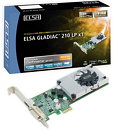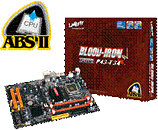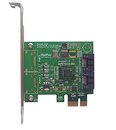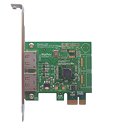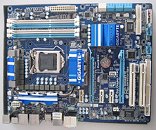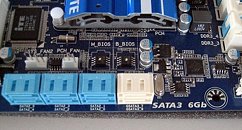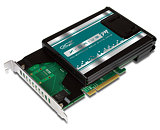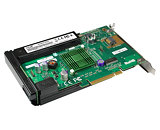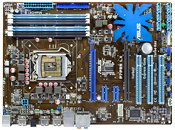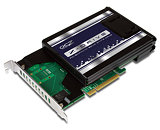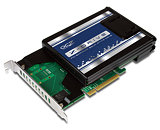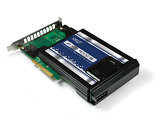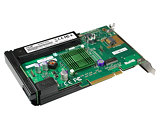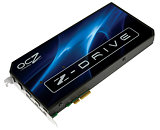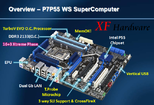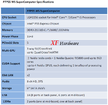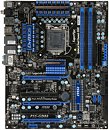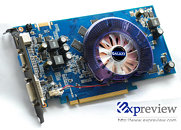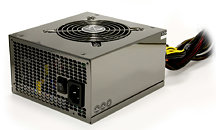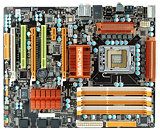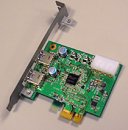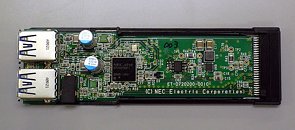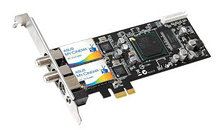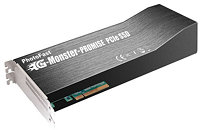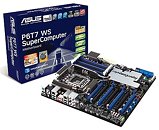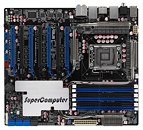MSI's lineup of LGA-1156 motherboards has a new high-end entry in the making, apart from a seeming higher-end
G9P55-DC which was recently pictured. The P55-GD80 fills the lineup, perhaps a notch below it, and the other MSI LGA-1156 motherboards that lack an NVIDIA nForce 200 chip and 3-way SLI support. The P55-GD80 was pictured in all its glory (read: release grade chipset cooling), sourced by SAV-Computer. The picture reveals a PCB layout very similar to the G9P55-DC, with differences in the CPU power circuit, overclocker-friendly features, and the storage connectivity.
The board uses a 10-phase CPU power circuit with standard solid-state capacitors, compared to the 11-phase circuit with flat-bed ML capacitors on the G9P55-DC. This board surprisingly has more overclocker-friendly features, such as on-board controls for clock-speeds, clear-CMOS, OC-Genie, a DIP switch to control voltages, and voltage-sensing points that make measuring voltages convenient. Apart from the Intel P55 PCH, it uses an NVIDIA nForce 200 bridge chip that broadcasts 16 PCI-Express lanes (from the processor root complex) to 32 lanes on the PCI-E x16 slots. Apart from the six SATA II ports the PCH provides, an additional controller provides two internal and one external SATA ports, and one IDE connector. Two gigabit Ethernet connections, 8-channel audio, Firewire, and around 13 USB ports make for the rest of the package. The board supports Intel Lynnfield and Clarkdale processors.

